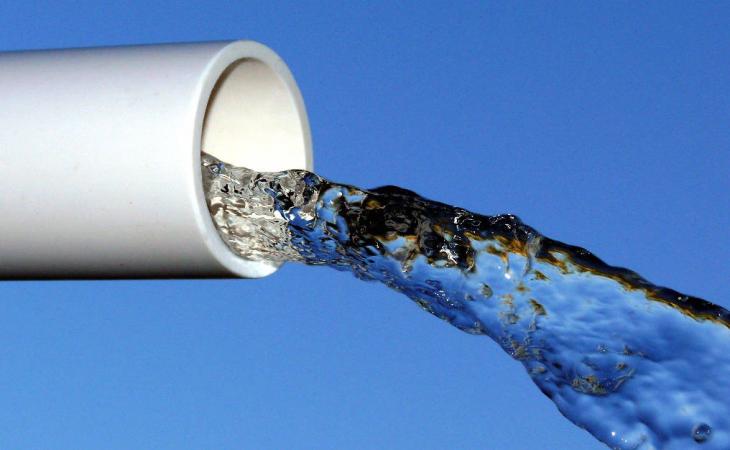This website uses cookies so that we can provide you with the best user experience possible. Cookie information is stored in your browser and performs functions such as recognising you when you return to our website and helping our team to understand which sections of the website you find most interesting and useful.
News
PVC Pipe Brings Performance and Saving
This is excerpted from the Municipal Water Leader November/December Issue’s “PVC Pipe for Performance and Value to Water Utilities,” and is part two of a four-part series.
Noncorrosive PVC pipe can achieve considerable replacement cost savings. A 2012 study by Utah State University’s Buried Structures Laboratory indicates that PVC pipe has a design life of 100 years or more. Additionally, the study showed that municipalities using PVC piping have experienced life cycle costs that are 30 to 70 percent lower than those of metallic pipe. According to a 2011 study by the American Water Works Association’s Water Research Foundation, ductile iron pipes with the thinnest walls (representing the majority of metallic pipe sold) in moderately corrosive soils have a life expectancy of only 11 to 14 years.
PVC’s corrosion resistance also helps reduce water main breaks. An estimated 300,000 water main breaks occur annually in the United States and Canada. Leaking pipes lose roughly 2.6 trillion gallons of drinking water each year, according to the American Society of Civil Engineers.
Vinyl Institute President Dick Doyle says, “This loss is equal to 17 percent of all the water pumped in the United States and costs our economy more than $50 billion annually. Ratepayers end up footing the bill for leaked water, iron pipe maintenance, and premature pipe replacement. It’s an unsustainable proposition for communities.”
PVC pipes used for water mains perform the best of any commercially available pipes on the market today, according to Mr. Doyle. The Utah State study found that PVC pipes have the lowest break rates compared to other pipe materials, including cast iron, ductile iron, steel, and concrete, potentially saving billions of dollars over the life of the nation’s water systems. The advantages of PVC may also include more efficient and lower installation costs. The European Plastic Pipes and Fitting Association found that PVC sewer pipe could be installed 30 percent faster than conventional pipes.


